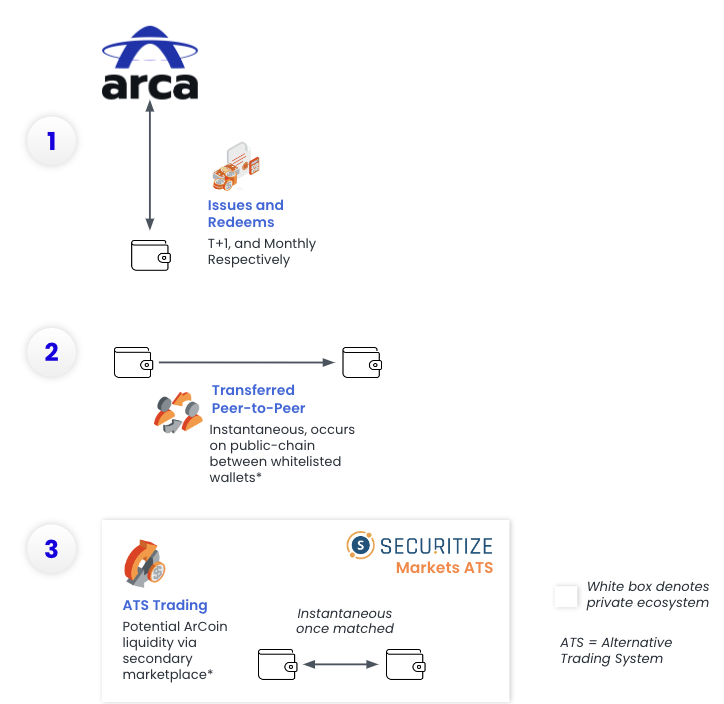Research Summary
The report discusses the potential of Celestia, a modular blockchain network, to address scalability issues in Ethereum and its Layer 2 solutions. It highlights Celestia’s unique approach to data availability and consensus, and its potential to enhance transaction throughput, reduce latency, and improve network security. The report also mentions the potential use of Celestia’s native token, TIA, in network validation.
Key Takeaways
Understanding Celestia’s Modular Approach
- Celestia’s Modular Design: Unlike monolithic chains like Ethereum, Celestia operates as a modular network, separating consensus and data availability functions from execution. This approach reduces the load on the primary chain, potentially lowering transaction costs and improving user experience.
- Data Availability in Celestia: Celestia’s primary role is as a data-availability layer. It focuses on validating and securing data submitted to the blockchain, ensuring its integrity and guarding against malicious activities. This approach could potentially enhance the speed of transaction processing and improve network security.
Celestia’s Unique Features
- Data Availability Sampling: Celestia uses a concept called Data Availability Sampling (DAS) to validate transaction data. Light clients randomly sample the data on different parts of the block data until it reaches a validity point of 99%, improving the network’s security.
- Namespaced Merkle Trees: Celestia uses Namespaced Merkle Trees (NMTs) to create unique identifiers for each node in the Merkle tree. This feature allows applications using Celestia as a DA layer to download their data without having to worry about data from other application clients.
Scaling Ethereum Layer 2s with Celestia
- The Concept of Celestiums: Celestia plans to scale Ethereum Layer 2 solutions using the concept of celestiums, where a celestium represents an Ethereum L2 that utilizes Celestia for data availability. This approach could potentially reduce the cost of posting transaction data to the mainnet.
- Role of TIA Token: Celestia’s native token, TIA, could be used for validation in the network. Validators earn rewards from fees paid by rollups or developers by staking the TIA token. This could become attractive as more L2s adopt Celestia as a DA layer.
Actionable Insights
- Exploring the Potential of Modular Blockchains: The report suggests that modular blockchains like Celestia could offer unique solutions to scalability issues in Ethereum and its Layer 2 solutions. Stakeholders in the blockchain space could explore the potential of modular blockchains for improving transaction throughput, reducing latency, and enhancing network security.
- Understanding the Role of Data Availability: Celestia’s approach to data availability could offer insights into how to validate and secure data submitted to the blockchain. Stakeholders could explore how data availability sampling and Namespaced Merkle Trees could be used to improve network security and data integrity.
- Considering the Use of Native Tokens for Validation: The potential use of Celestia’s native token, TIA, for network validation could offer insights into how tokens could be used to incentivize network participation and enhance network security. Stakeholders could consider the potential benefits and risks of using native tokens for network validation.












